KEF LSX II vs KEF LSX II LT: which speaker system is best for you?
We've tested both models, but should you go lite or full fat?
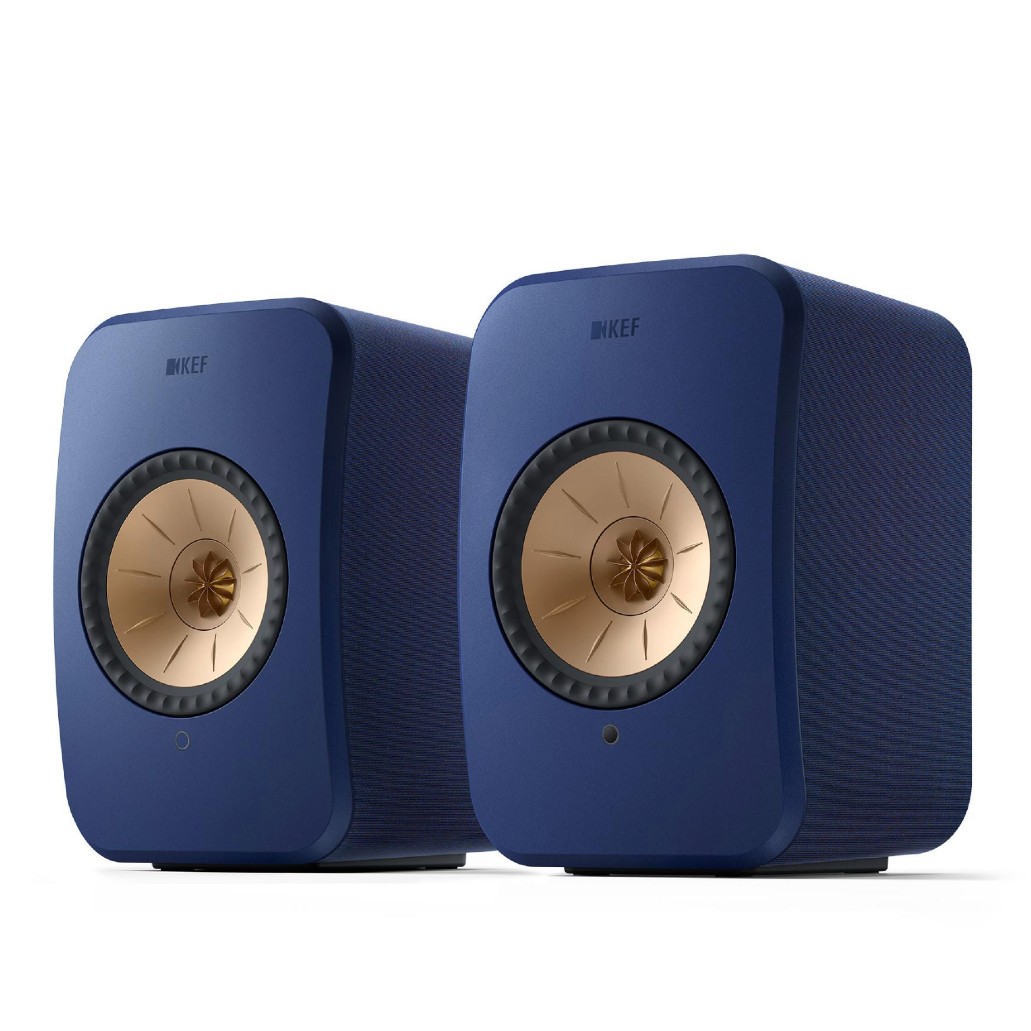
Drivers: Uni-Q driver array (19mm aluminium tweeter; 11.5cm aluminium mid/bass driver)
Streaming: AirPlay 2, Google Chromecast, UPnP, Bluetooth 4.2, Roon Ready
Max file resolution: 24-bit/384kHz PCM, DSD256, MQA
Inputs: HDMI ARC, USB-C, optical, aux
Output: Subwoofer
Finishes: Mineral white, lava red, carbon black, cobalt blue, Soundwave by Terence Conran Edition
Dimensions: 24 x 15.5 x 18cm
Weight: 7.2kg
The LSX II is one of the best speaker systems we've come across at this price. It sounds wonderful, packs in plenty of features and looks stunning. Anyone looking for convenience and superb sound in a single system should seriously consider it.
For
- Well-rounded sonic performance
- Excellent imaging and dynamics
- HDMI, USB-C and aux inputs
- Extensive streaming support
Against
- Native 24-bit/192kHz playback requires wired connection
- Those wanting a bigger sound need the step-up LS50 Wireless II model
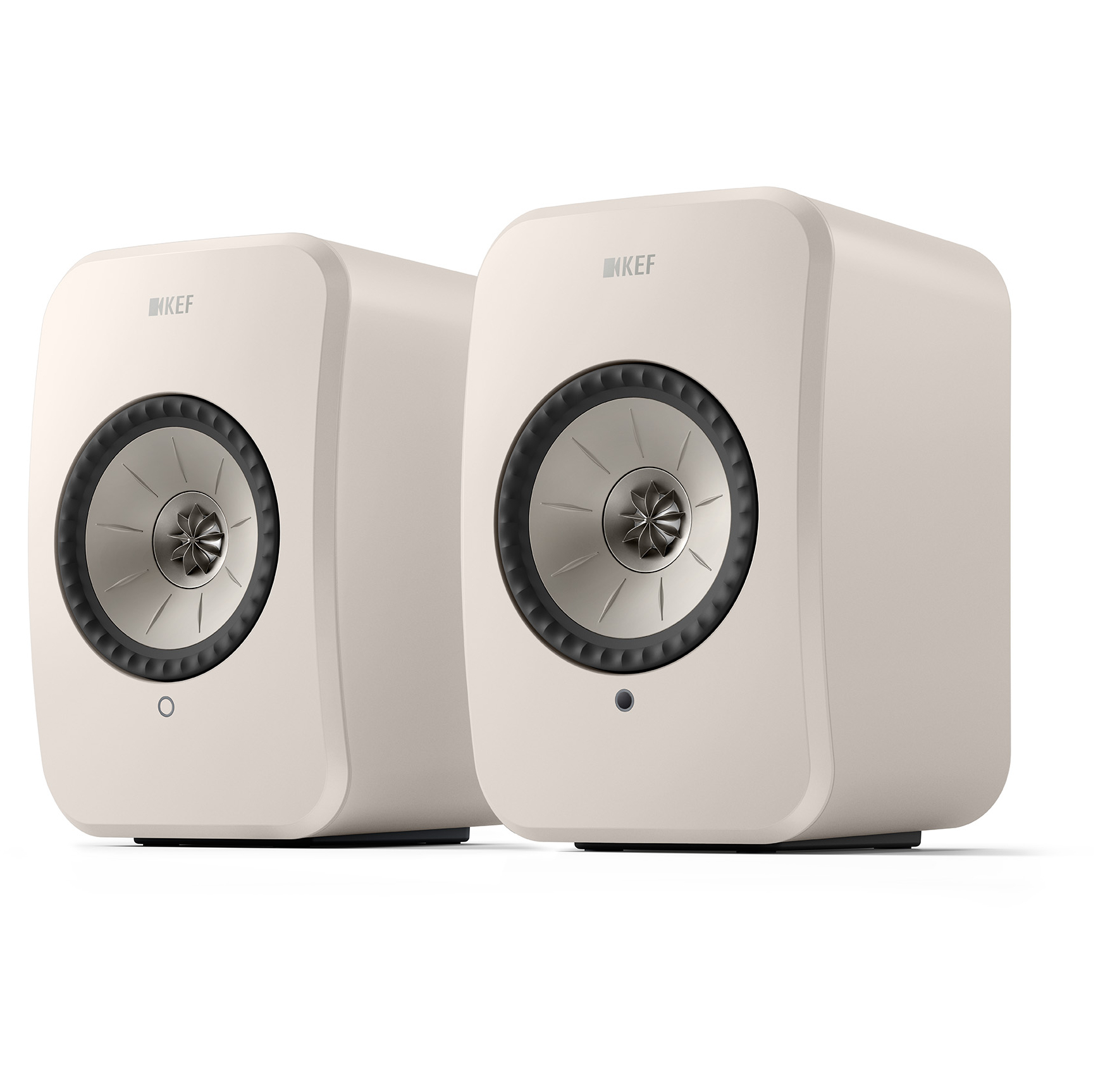
Drivers: Uni-Q driver array (19mm aluminium tweeter; 11.5cm aluminium mid/bass driver)
Streaming: AirPlay 2, Google Chromecast, UPnP, Bluetooth 5.0
Max file resolution: 24-bit/384kHz PCM, DSD128
Inputs: HDMI ARC, USB-C, optical
Output: Subwoofer
Finishes: Graphite grey, stone white, sage green
Dimensions: 24 x 15.5 x 18cm
Weight: 6.8kg
If you don't mind losing a few connectivity options and features from the step-up LSX II but still crave that signature KEF sound, the new, more affordable and near-identical LSX II LT is a fantastic value alternative that will appeal to many.
For
- Cohesive, effortlessly balanced performance
- Full, well-formed bass
- Great value for most users
Against
- No aux input
- Less luxurious finish options
- No wireless link between speakers
As far as wireless speaker systems go, we can't think of many we like more than the exceptional, Award-winning KEF LSX II. Brilliantly made and effortlessly simple to use, the KEFs give you a robust, pleasing sound profile in a neat package without the need for endless separates such as amplifiers, DACs and source components. Simply connect your phone and fire up a streaming service, or you can even hook up alternative sources (TV, laptop, portable music player) – then pop the LSX II somewhere sensible and you're pretty much away.
What we have with the new KEF LSX II LT, though, is a potential improvement in terms of value for money. Let's make this clear: the LT is not a sequel to the standard LSX II, rather, it's a more affordable, streamlined iteration of the concept that strips away a few features for the sake of giving you the same superb KEF sound at a more competitive price.
Which, though, is the right system for you, and do the two really match up sonically when tested side by side? Good news: we've done just that, putting both models through their respective paces so that you know exactly what the differences – and many similarities – are.
Let's get you clued in.
- Read our full KEF LSX II review and KEF LSX II LT review
- KEF wireless speaker systems compared, from LSX II to LS60 – which one should you buy?
KEF LSX II vs KEF LSX II LT: price
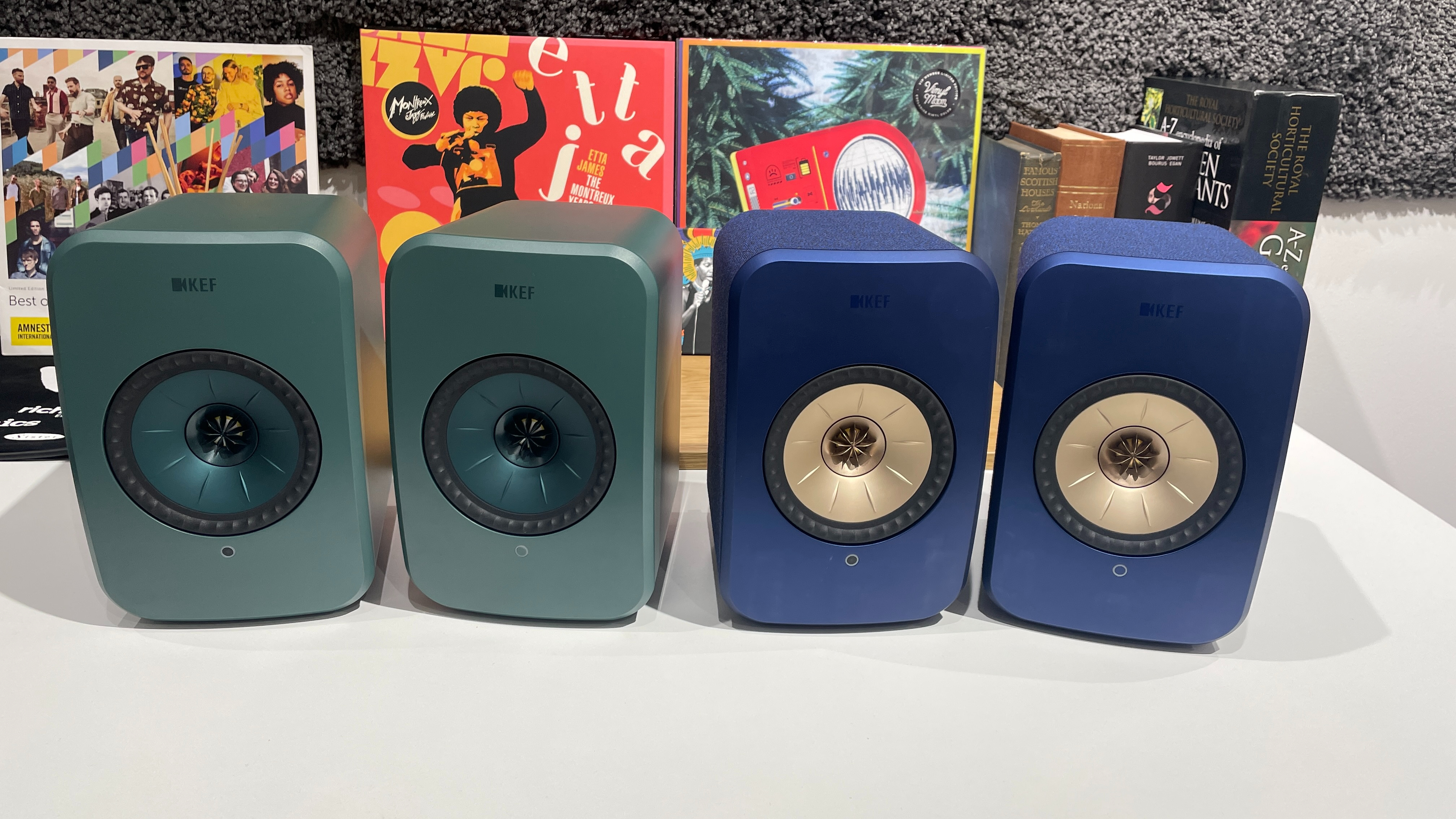
We tested the Award-winning KEF LSX II at £1199 / $1400 / AU$2195 when it launched in 2022, a price that we still consider to be pretty good value for its talents. That pricing has fluctuated since then, dropping down recently on numerous occasions during winter sales events and other discounted periods, often by a few hundred quid.
The LSX II LT version, however, has arrived with a significantly lower original RRP, costing £899 / $999 / AU$1695 at launch. That's a £300 difference to UK consumers, something which isn't exactly to be sniffed at when the two are placed side by side. The LSX II LT could be the smarter choice if pure value is a priority.
While we've seen the original LSX II dip below the £1000 mark briefly last year, the arrival of the more affordable LT has now seen prices for its older sibling go back up to its original RRP. If you want to hold out on getting the best deal, you might have to wait for a fair few months to see the LSX II listed at any meaningful discount again. So if you're after the best deal right now, the 'cheaper', newer LSX II LT are your best bet.
**Winner: KEF LSX II LT**
KEF LSX II vs KEF LSX II LT: build & design
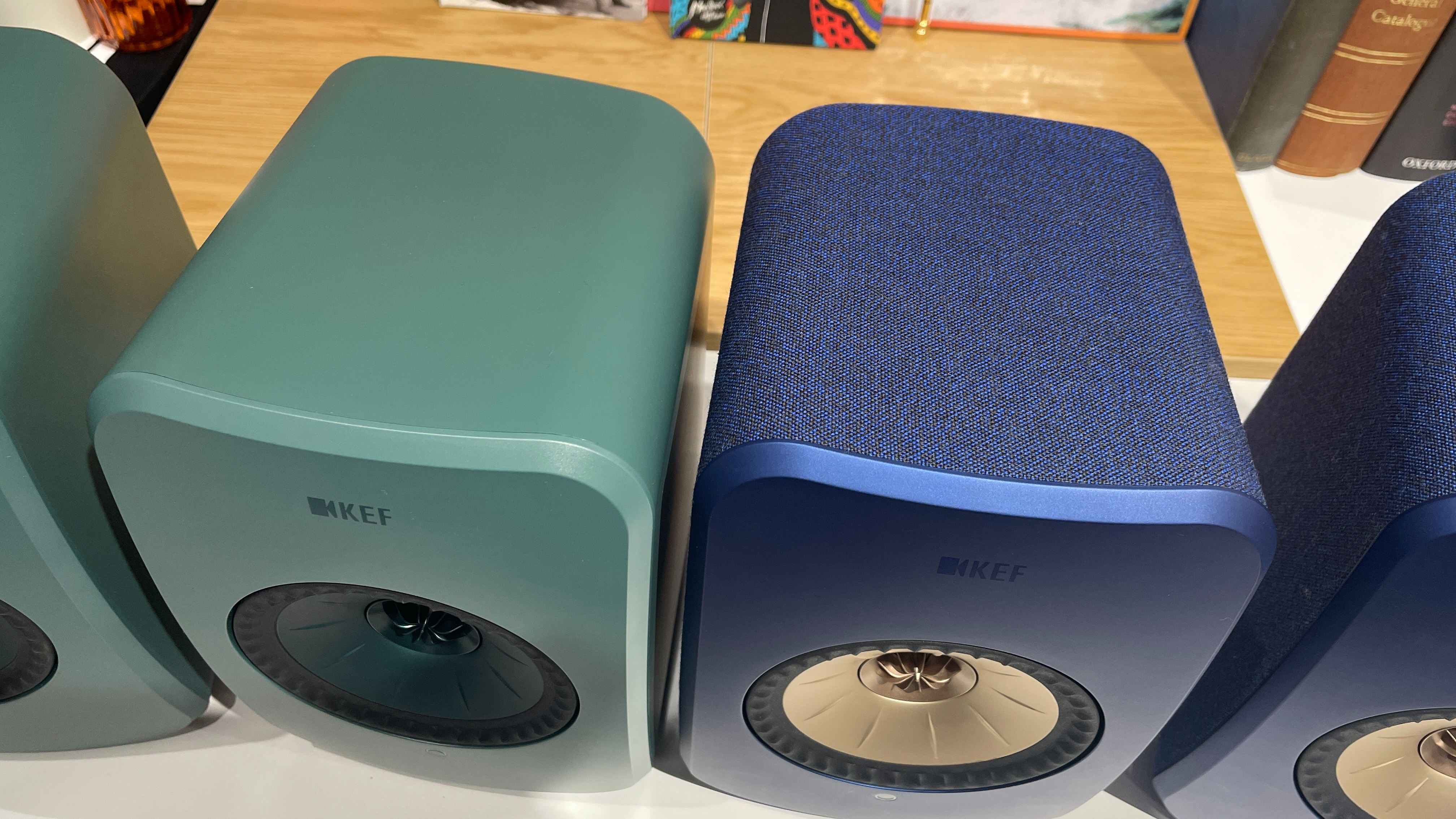
At a glance, there isn't much to distinguish the KEF LSX II originals from the newer, more affordable LT debutantes, with both sporting that sleek KEF profile, the shiny Uni-Q driver and tangerine waveguide that make the British brand's speakers so recognisable. Both sets of speakers sport the same dimensions (24 x 15.5 x 18cm), but the LT are, true to the name, just a little lighter at 6.8kg. The LSX II weigh in a bit more at 7.2kg, perhaps thanks to the inclusion of some internal hardware for wireless connectivity.
We find both sets of speakers to be handsome, well-made and attractive without ever seeming gaudy or overly designed. Whether you place them on your home office desk, next to your TV or on dedicated speaker stands, we find they look right at home.
If you prefer a truly premium feel and a greater choice of colourways, though, opt for the standard LSX II. The lovely cloth cover of the LSX II's cabinet feels and looks stunning, and we're particularly fond of the contrasting drivers' shades with the five colourways available here. The LSX II LT speakers don't feature that attractive cloth-covered finish and there are just three uniform shades for the more affordable iteration. We found our sage green review pair (stone white and graphite grey available) to look stylish and modern enough when placed in our listening rooms, but they're outshone by the rather more lush elegance of the LSX II's cobalt blue duo when placed side-by-side.
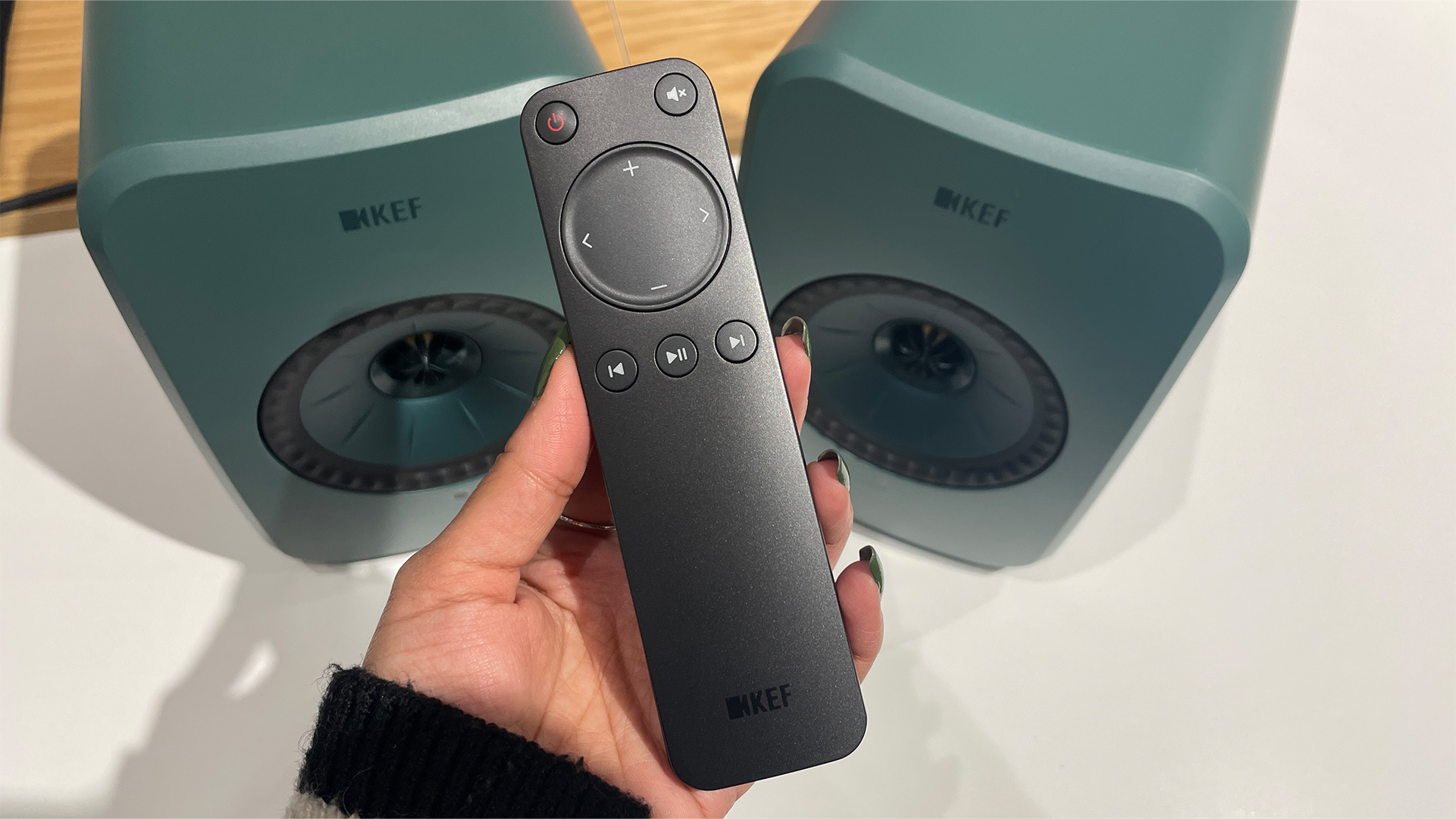
In terms of driver arrangement and internal components, both versions are identical. They both use the same 11th-generation of KEF's Uni-Q driver array with the same 19mm aluminium tweeter and 11.5cm mid/bass driver. The internal amplification and streaming module used are all shared across both models, with a total of 200 watts of Class D amplification powering the speakers. Both also come with the same slim, simple remote control.
That KEF has been able to keep the internal specs and overall design identical between the two models is to be applauded, and truth to be told, we'd be happy with either pair. But for that extra touch of luxurious finish, the LSX II wins this round.
**Winner: KEF LSX II**
KEF LSX II vs KEF LSX II LT: features & connectivity
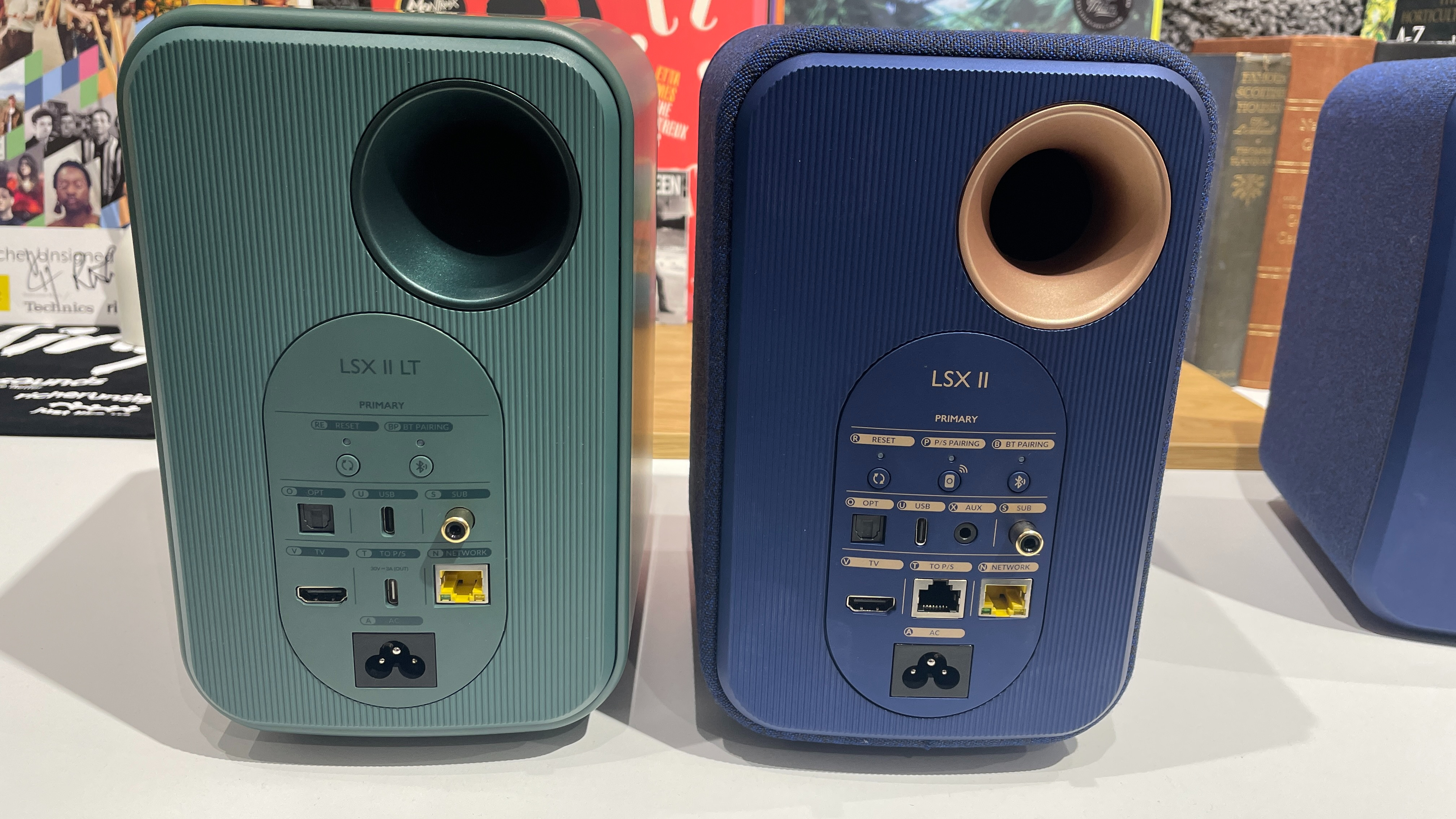
As we stated in the intro, the LSX II LT is not a direct sequel to the LSX II. Rather, this is a stripped-down, streamlined edition that sacrifices a few (possibly) non-essential features and add-ons to give you the choice of a more affordable entry into KEF's range of speaker systems. What, then, does the LSX II offer, and what does the LSX II LT sacrifice so that you can make a saving?
The LSX II uses KEF’s W2 wireless streaming platform which acts as your gateway to all the various streaming options currently on offer, including wi-fi, Apple AirPlay 2, Google Chromecast and Bluetooth. Amazon Music, Deezer, Qobuz, Spotify Connect and Tidal Connect music streaming services, as well as internet radio, are all supported via the easy-to-use KEF Connect app for iOS and Android devices. You can even stream your high-res music library stored on an external NAS drive – up to 24-bit/384kHz PCM, DSD256 and MQA files are supported – and it's Roon Ready certified.
Physical inputs are extensively catered to as well. An HDMI ARC input allows you to hook up your TV, while a USB-C port lets you link up to a laptop, computer or a smart device like the iPhone 15. There's also a digital optical input and an analogue aux input for connecting various other sources, such as a CD player. If you want a more stable network connection, a wired Ethernet connection is available, and for extra oomph to the low end, there's an output for adding in a subwoofer.
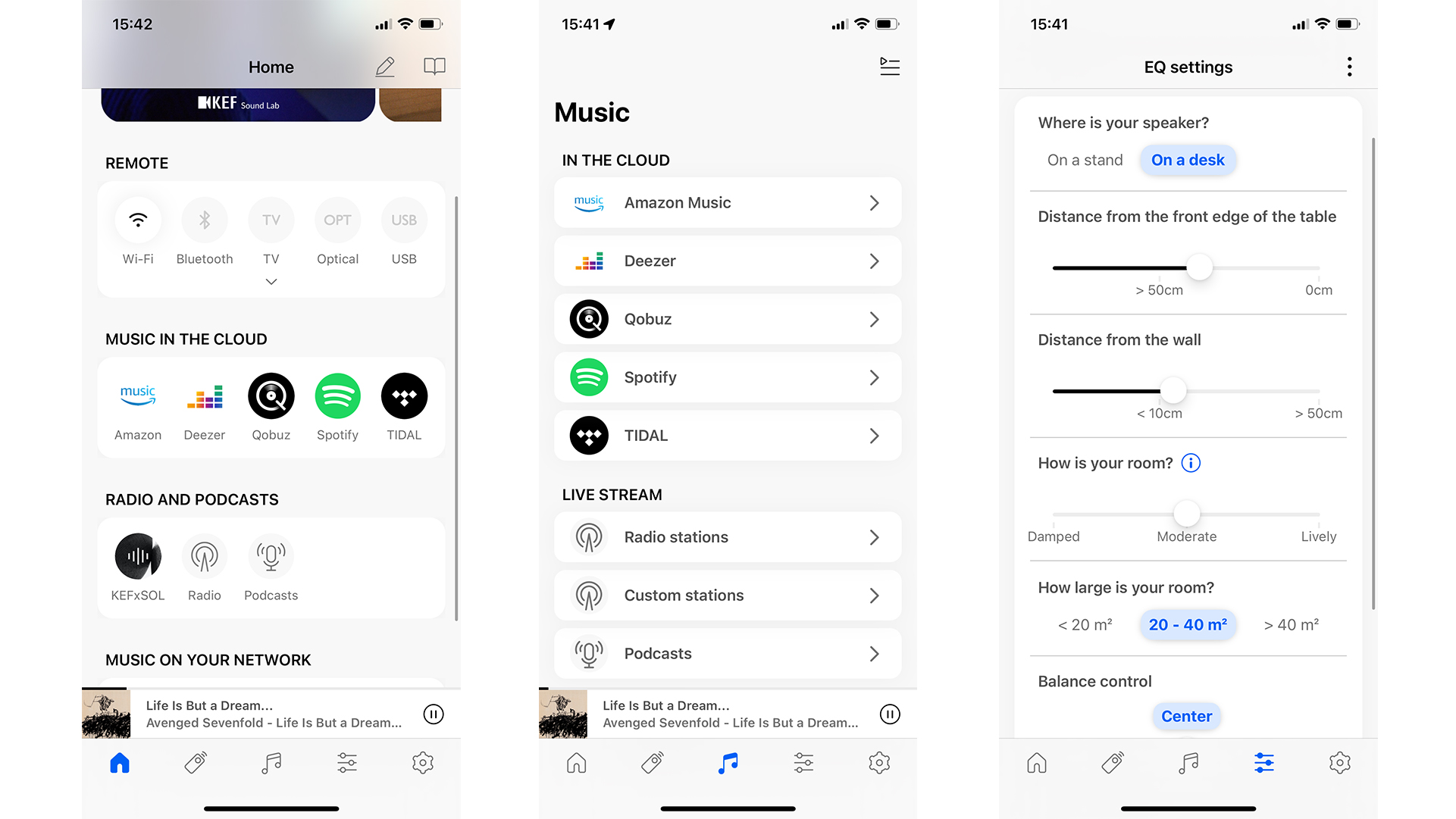
With the LSX II LT, the story is much the same, with a few key differences. It uses the same W2 streaming platform and KEF Connect app, and the wireless options and streaming services supported are identical. The LT model isn't Roon Ready, drops the MQA decoding and tops out at DSD128, but it offers Bluetooth 5.0 over the LSX II's 4.2 version.
The LT is also lighter on physical connectivity options. The HDMI ARC port, optical input and subwoofer output remain present, but it loses the aux input. That might make it tricky to connect certain source devices to the LT, but we find the USB-C and optical input take care of most modern products. Sorry, aux input, but your time is seemingly coming to an end.
A bigger difference is regarding how you plug the speakers into the mains power. In the LSX II, both speaker units need to be plugged into the mains, whereas the LT only requires a single mains lead plugged into the primary unit, with the other speaker then taking the power via a new USB-C inter-speaker cable. This means the LSX II LT speakers have to be tethered to each other at all times with the included 3m cable (a longer 8m cable is sold separately for £50). The LSX II model is a bit more versatile here, as it offers both a wired and wireless link between the speaker units, giving you more flexibility for placement.
We find that only having to plug in one speaker to the mains makes the whole set-up a bit neater, and we think for many customers, the loss of those extra features on the LSX II LT won't be missed too much, especially for the stripped-down price.
Still, for its stronger spec sheet and more versatile features, the pricier LSX II has to take the win by default.
*Winner: KEF LSX II**
KEF LSX II vs KEF LSX II LT: sound
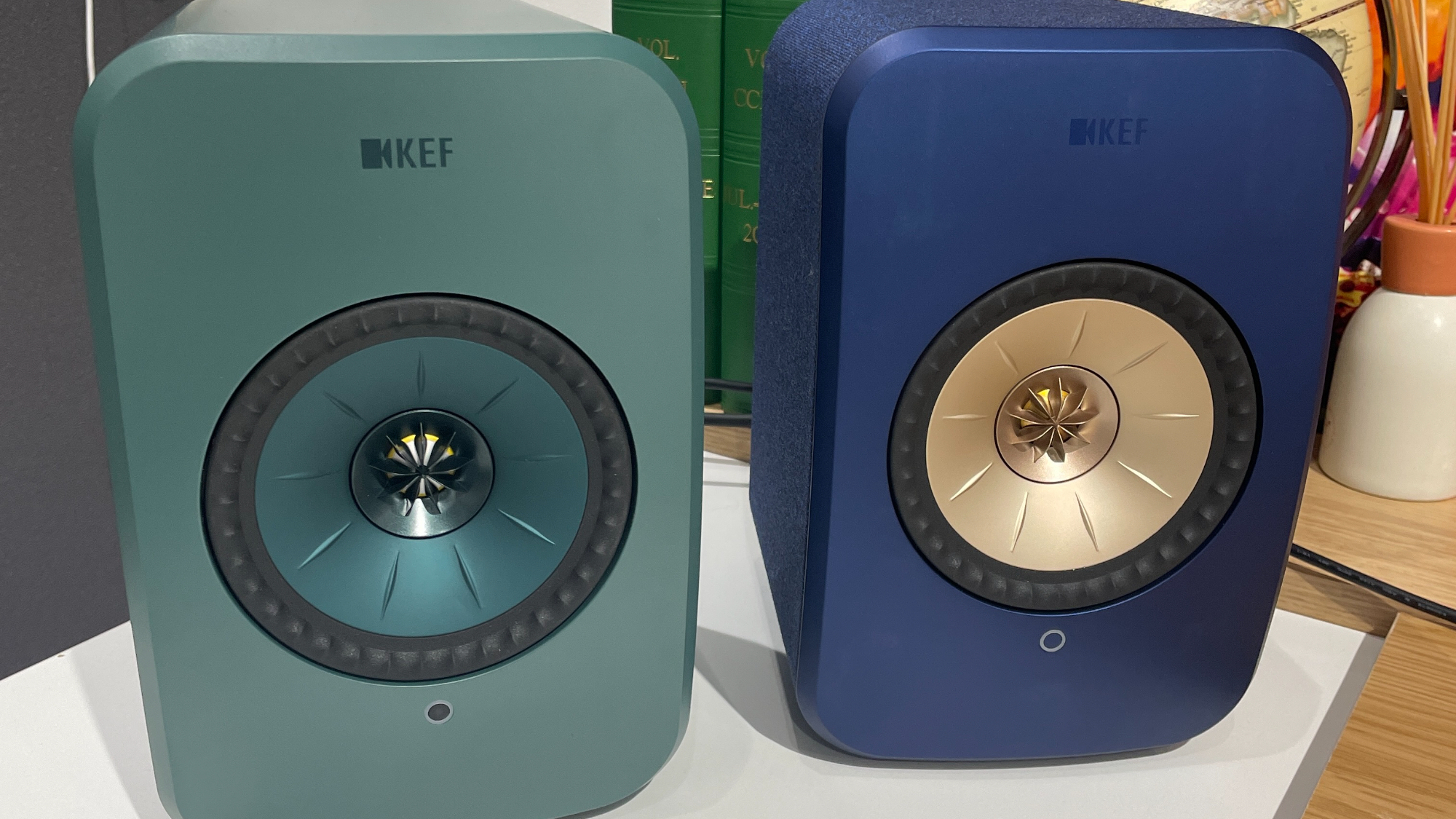
When the new LSX II LT arrived on the scene and, more importantly, in our test rooms, we were worried that some sonic corners might have been cut in a bid to bring down costs a little, with concerns raised that a shared inter-speaker power supply might result in a slightly dulled or compromised performance.
That, happily, isn't the case, with both the LSX II and the LSX II LT to our ears offering pretty much identical sound profiles across a range of positions, sources and musical offerings. During our review, found the LSX II performed superbly thanks to the speakers' deft handling of musical layers, elements and textures. As we stated in our original review, "There’s a real sense of refinement and maturity to the sound without being showy." Tracks benefit from pleasing robustness and solidity, and while some rival systems can sound unwieldy or overexcited, everything feels like it's right where it's supposed to be.
It's the same story with the LSX II LT "spin-off", which we're pleasantly surprised to hear. As we said in our full review: "If you loved the performance of the standard system, you’ll likely be enamoured by what the 'lite' version is offering, too."
A Tidal stream of Muse’s Madness brings us exactly the same solidity, crispness and deft tonal balance regardless of which LS model plays it, enjoying a breadth of bass and a sense of poise and control from both the LSX II and the LSX II LT. Both models provide cohesion, focus and a snappy sense of propulsion without a hint of fuss or strain, and while they're taut and snappy, neither feels like a thin or overly lean pair of speakers.
No, they won't fill out a large room like the bigger, next step-up LS50 Wireless II speaker system does, but the LSX models – both of them – deliver a hugely entertaining performance for their relatively compact designs.
All in all, there's virtually nothing to separate the two systems, even when you switch to high-res (or lower-res) recordings, use a CD player as the source, or change the position from speaker stands to a standard desk. The LSX II LT are a fantastic value alternative to the pricier LSX II, and nothing is really lost or gained by picking one over the other.
*Winner: Draw**
KEF LSX II vs KEF LSX II LT: verdict
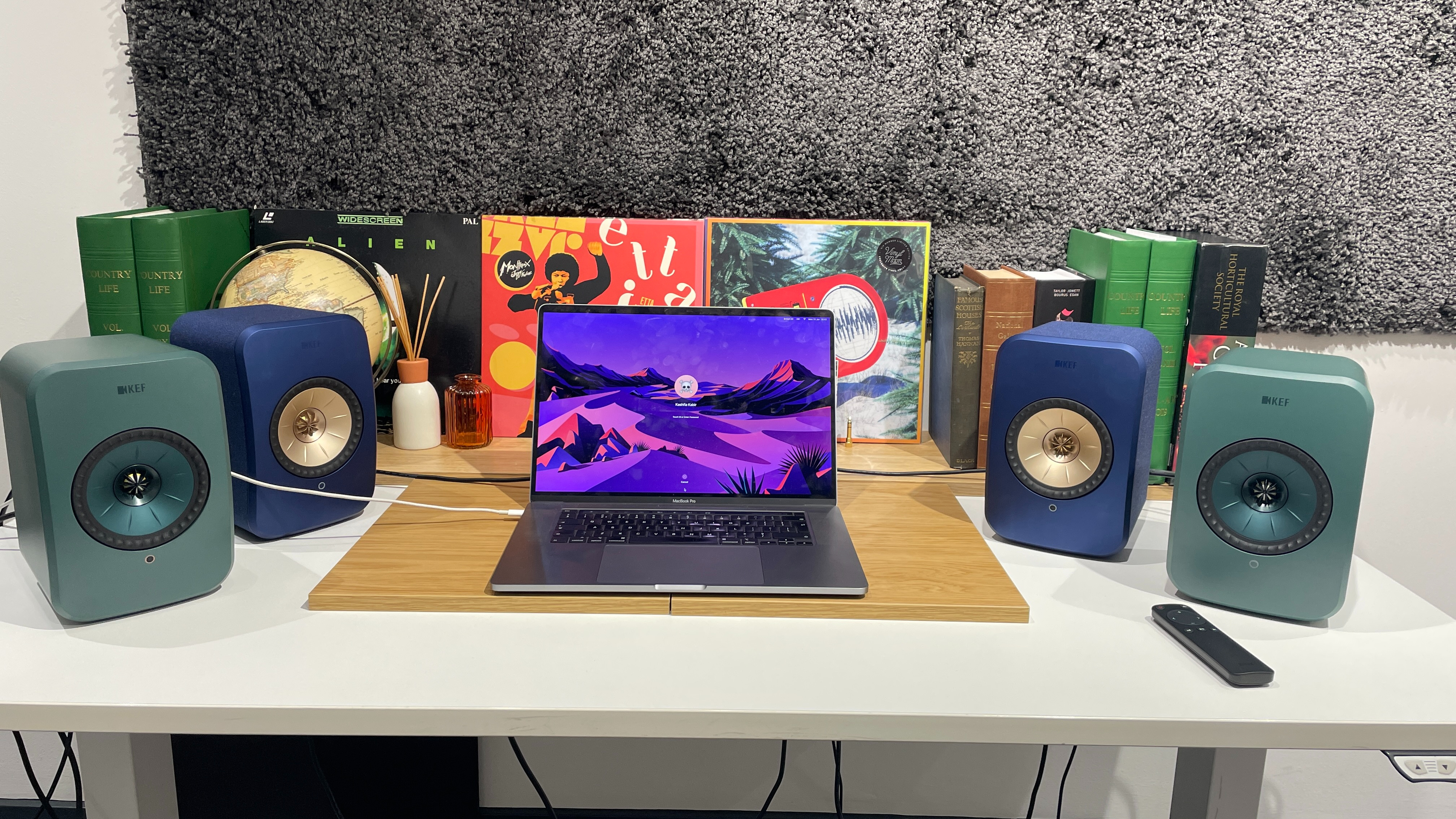
That KEF has made a more affordable version of the KEF LSX II that we rate so highly without compromising the sonic performance is a real treat. The loss of a few not-so-essential features, different finishes and changes to the power supply method aren't huge sacrifices for the more streamlined LSX II LT version, in our eyes. Having spent a few weeks testing both models, we're happy listening to and using both.
What you have here is a choice between a generously specced, full-fat version and a streamlined, "lite" version that costs around £300 ($500 / AU$400) less. With both models offering the same sound quality, there's no need to assess whether a saving of £300 / $500 / AU$400 will be worth any sonic losses suffered by the LSX II LT – as there aren't any. Just like its older siblings, this year's model is a taut, balanced and deeply musical listen.
The choice, then, is entirely up to whether those additional specs and features offered by the LSX II are essential to you, and therefore worth the extra price jump. But we would wager the more affordable LSX II LT will be more than adequate for those looking for a neat, modern, versatile and entertaining system that packs so much into two boxes.
MORE:
Read our full KEF LSX II LT review and the KEF LSX II review
Best hi-fi systems: micro, vinyl and streaming music systems for the home
These are the best standmount speakers
Get the What Hi-Fi? Newsletter
The latest hi-fi, home cinema and tech news, reviews, buying advice and deals, direct to your inbox.

Harry McKerrell is a senior staff writer at What Hi-Fi?. During his time at the publication, he has written countless news stories alongside features, advice and reviews of products ranging from floorstanding speakers and music streamers to over-ear headphones, wireless earbuds and portable DACs. He has covered launches from hi-fi and consumer tech brands, and major industry events including IFA, High End Munich and, of course, the Bristol Hi-Fi Show. When not at work he can be found playing hockey, practising the piano or trying to pet strangers' dogs.
-
star-affinity Reply
Thanks for the suggestion. I got curious and looked them up, but no matter how good they sound their design won’t get approval in this household. Beautiful from every angle? 🤔Jasonovich said:None of the above?
Adams A series probably better at every level?
6140 -
Jasonovich Reply
These are my Gotham City Speakers A7Vs, got them cheap on the back of the Batmobile :)star-affinity said:Thanks for the suggestion. I got curious and looked them up, but no matter how good they sound their design won’t get approval in this household. Beautiful from every angle? 🤔
6140
6141 -
star-affinity Reply
😃🦇Jasonovich said:These are my Gotham City Speakers A7Vs, got them cheap on the back of the Batmobile :)
6141 -
johnfryett Both LSX II and LSX II LT will down sample to 96 kHz max. So no point in feeding a signal with higher resolution than that.Reply -
fafou34 Hey, I am also considering buying the kef lsx 2 lt or the lsx 2. The only drawback for me is the absence of aux input. I wanted to know if you think it would be a good idea to use the optical input of the LT version using an Analog to optical converted? Would I need a very expensive one to get a good sound?Reply
Also I see that people are recommending the Adam A4V but are studio speakers good when it comes to listening to music or watching movies at home?
Thanks! -
Jasonovich Reply
Ok you pulled my string :)fafou34 said:Hey, I am also considering buying the kef lsx 2 lt or the lsx 2. The only drawback for me is the absence of aux input. I wanted to know if you think it would be a good idea to use the optical input of the LT version using an Analog to optical converted? Would I need a very expensive one to get a good sound?
Also I see that people are recommending the Adam A4V but are studio speakers good when it comes to listening to music or watching movies at home?
Thanks!
I don't have A4V, I have the bigger sibling A7V and the sound quality is truly sublime and I have these working in tandem with Focal Subwoofer One. I'm not saying this in isolation and if you check my signature, I have excellent hifi speakers to compare them with.
As nearfield monitor speakers go, these Adams from Gotham City (Germany) are not typically flat, you can adjust (dials at the back) these to suit the room characteristics. You can adjust the acoustics manually or via ethernet connection (you need to download the software). I leave mine neutral. Also from Germany, theres the excellent Hedd monitors (original founder of Adams) and slightly down market the Eve nearfield monitors also, not just a spare rib.
You can set these up like conventional speakers minus the amp and work perfectly fine. If this appeals to you, do check out the reviews on YT :).
7042
7043
YCULvVBrlVMView: https://youtube.com/shorts/YCULvVBrlVM?si=93sGw4XT3urfdGye -
fafou34 Thanks a lot for your answer Jasonovich !Reply
If I understood correctly these kind of speakers are really good if you are sitting at a specific place where you measured the sound using a microphone and applied the correction to the speakers. How good would it sound if I just want to put music and walk in the room freely? Is it like third orders correction and the sound would still be really good or the result would differ a lot from non studio speaker? -
Jasonovich Reply
Really good question, I can only share my experience. The Adam's A7V are perched up on my solid oak desktop. When I want to listen to them I pull back my chair against the back wall, so there's a fair distance between me and the speakers.fafou34 said:Thanks a lot for your answer Jasonovich !
If I understood correctly these kind of speakers are really good if you are sitting at a specific place where you measured the sound using a microphone and applied the correction to the speakers. How good would it sound if I just want to put music and walk in the room freely? Is it like third orders correction and the sound would still be really good or the result would differ a lot from non studio speaker?
In otherwords I position myself as I would if I were listening to conventional Hi-Fi speakers and that's how I like listening to them, rather than up close.
These are nearfield speakers but I have walked around the room freely without noticing any obvious blind spots in the music, again this is just my perception. Other people with better resolution of hearing may be able to detect changes in the sound if they moved outside the zone.
In all fairness, it's the same with conventional speakers you need careful positioning to get the best out of the sound. The Adams are not so fussy with positioning but they do require solid stands to maximise the sound.
Below, guy's a bit controversial in his choice of words but makes the point about Adams, they make great HiFi speakers.
c6Z9NMPKu5MView: https://youtu.be/c6Z9NMPKu5M?si=0c3x7RNFYvuqe-Fm -
fafou34 Thanks a lot. I have been thinking about it and I think I will go for two Adam A4V and a music streamer like the WiiM Pro Plus. I am a physicist so I am a bit interested in looking and tuning the frequency response of the speakers and I am a bit worried about having an All-in-One solution. If it dies then you are back to square one. The main down side is that the Adam A4V are bigger and, let's say it, pretty ugly when compared to the KEF LSX2 but I think I can live with that.Reply
Thank you for your help
